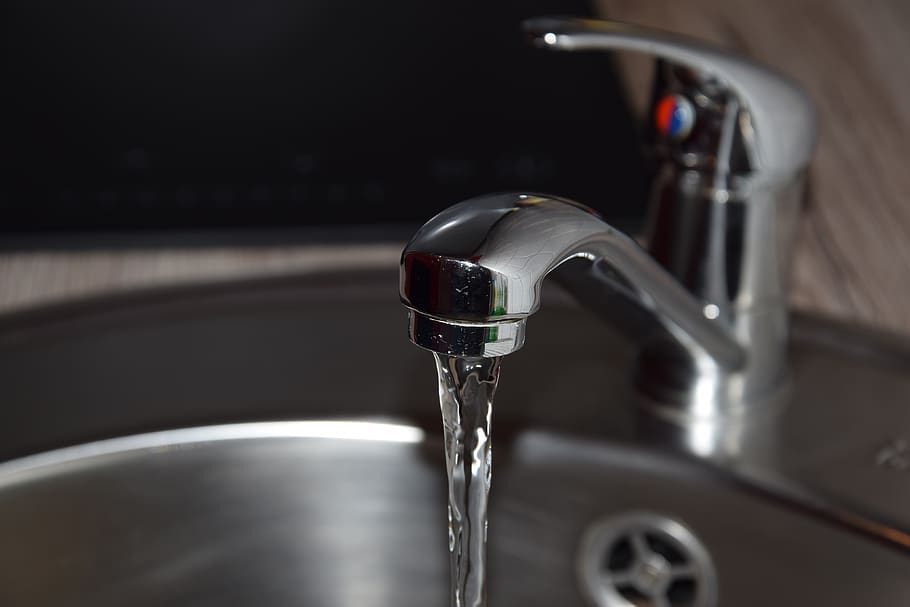
Written by Andrew Gard, CCKA Legal Intern from Lewis & Clark Law School
There is nothing more essential to life than water. Unfortunately, the essential nature of water does not mean it is affordable.
California faces serious hurdles to make water affordable. One big hurdle is Proposition 218, passed in 1996, to prevent utilities from increasing rates to generate state revenue. Water districts, tasked with upgrading their infrastructure, consistently battle Proposition 218. The districts, plagued with reduced revenue caused by reductions of water use, struggle to champion water conservation to assist in droughts while simultaneously reducing rates for low-income households.
Recently, California set the record for its driest period since record-keeping of seasonal rainfall began. To combat the multi-year drought of 2012-2015, households and cities across the state reduced and conserved the amount of water they used – this meant great things for water conservation, but also led to smaller income for water districts to reinvest into needed infrastructure and water conservation programs. Simultaneously, California passed its Human Right to Water law that guarantees the human right to water, access to safe and clean drinking water. California also passed the Low-Income Water Rate Assistance Act that calls for plans to create rate assistance programs for low-income households.
California water districts are now facing the monumental task of funding new infrastructure while subsidizing rates to approximately one-third of all Californians. Water districts throughout the state are getting creative by beginning to implement new payment structures by pivoting to Budget Based Rates, which assign a specific amount of water allowed to be used by an individual household or property.
A solution to encourage guarantee water affordability are Percentage of Income Payment Plans. These payment plans limit the amount that low-income ratepayers in proportion to a set percentage of their total income. These plans provide debt forgiveness programs that incentivize households to complete payments on-time in exchange for forgiveness of past debts.
With aging infrastructure and a much-needed push to conserve water, California must answer the difficult question: how will it provide affordable water while also replacing the infrastructure as it crumbles? This will require years of work and many steps, including a few listed below:
- California needs to introduce new fees and new funding that can help fund the reconstruction of infrastructure and subsidize the cost of water for low-income households.
- California should increase water affordability for individual residents and families by using Percentage of Income Payment Plans, which have been successfully used throughout the country.
- California should form a debt forgiveness program to encourage consistent bill payment by offering Californians struggling with past unpaid bills a way to escape the debt cycle.
- California should use widespread Budget Based Rates to increase water conservation and increase budget certainty for individual water districts.
- California, along with the water districts, should introduce incentives to ratepayers to upgrade their appliances to low flow to promote water conservation.
- Water districts should shift their rate structure to better incorporate fixed costs into a water users bill to ensure financial stability during the next drought.
- California should use information from water meters to determine the true cost of water and guarantee fair water rates are charged throughout the state.
California needs to restructure water rates statewide to provide affordable access to low-income households without bankrupting the water districts that serve those communities. By using a blend of water rate structures, California can stabilize the financial well-being of water districts, prepare itself for the next drought by conserving water, and make sure water is affordable for every household.
Water is a basic human right. It’s time for California to make this right a reality.

Associate Director Natalie Caulk provides operational leadership and manages the ongoing implementation of programs and partnerships of CCKA.



